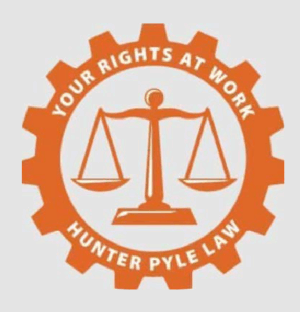If Someone Hugs me in the Workplace, Can that be Considered Sexual Harassment?

If you feel uncomfortable when a boss or colleague hugs you in the workplace, do you have a valid claim for sexual harassment? Possibly. If a co-worker hugs you on several occasions and engages in other inappropriate conduct, you may have a claim. There is no magic number of incidents needed in order to establish liability. A recent Ninth Circuit Court opinion provided some guidance to help analyze these types of sexual harassment claims.
In Zetwick v. County of Yolo, No. 14-17341 (9th Cir. Feb. 23, 2017), Plaintiff Victoria Zetwick, a county correctional officer, claimed that Edward Prieto, the county sheriff, created a sexually hostile work environment. Over a span of about twelve years, Ms. Zetwick claimed that Mr. Prieto hugged her on more than one hundred occasions, or at least eight times a year. These hugs always took place when other people were around. The hugging included chest to breast contact. Mr. Prieto also kissed Ms. Zetwick partially on her mouth (because she turned her head) on one occasion. Ms. Zetwick also witnessed Mr. Prieto hug and kiss other female colleagues.
Mr. Prieto admitted that he hugged his colleagues, but maintained that this conduct was “innocuous” and “socially acceptable.” He claimed to hug men, as well as women. The defendants also argued that Mr. Preito’s conduct was not severe and pervasive enough to establish a legal claim for a hostile work environment.
The district court agreed with the defendants and granted their motion for summary judgment. The Ninth Circuit reversed and remanded.
The Ninth Circuit provided that the number of times and the period of time over which the unwelcome hugs and other conduct occurred should be considered. Other than the severity and frequency of unwanted behavior, courts should also look at whether the conduct was physically threatening or humiliating and whether it interfered with an employee’s work performance. If an employee becomes anxious or depressed, for example, because he or she is subjected to harassment in the workplace, this will factor into an analysis of whether the work environment was hostile.
The Ninth Circuit also reiterated that an employee might be more impacted if he or she is harassed by a supervisor. Supervisors are in positions of power and have the ability to control the work environment. Thus, harassing conduct by a supervisor may more readily create a hostile and abusive work environment.
Courts will take into account the cumulative effect of all these factors to determine whether the harassment was severe or pervasive. There is no specific number of incidents of harassing conduct that gives rise to liability. Rather, courts will consider the totality of the circumstances.
At Hunter Pyle Law, we have represented many plaintiffs who were harassed in the workplace. If you feel that your supervisor or co-worker harassed you, please feel free to call Hunter Pyle Law for a free consultation at (510)-444-4400 or inquire@hunterpylelaw.com.


